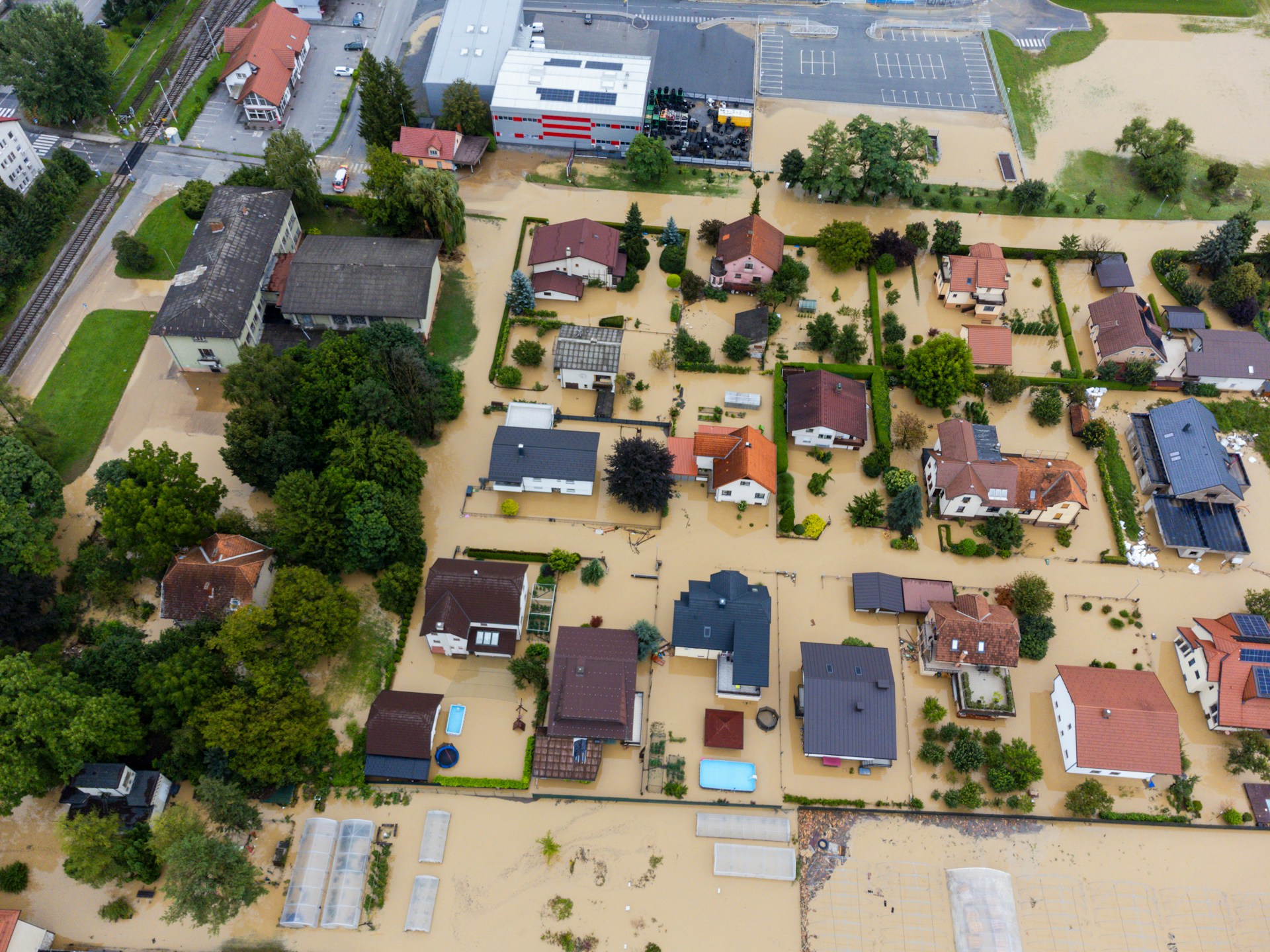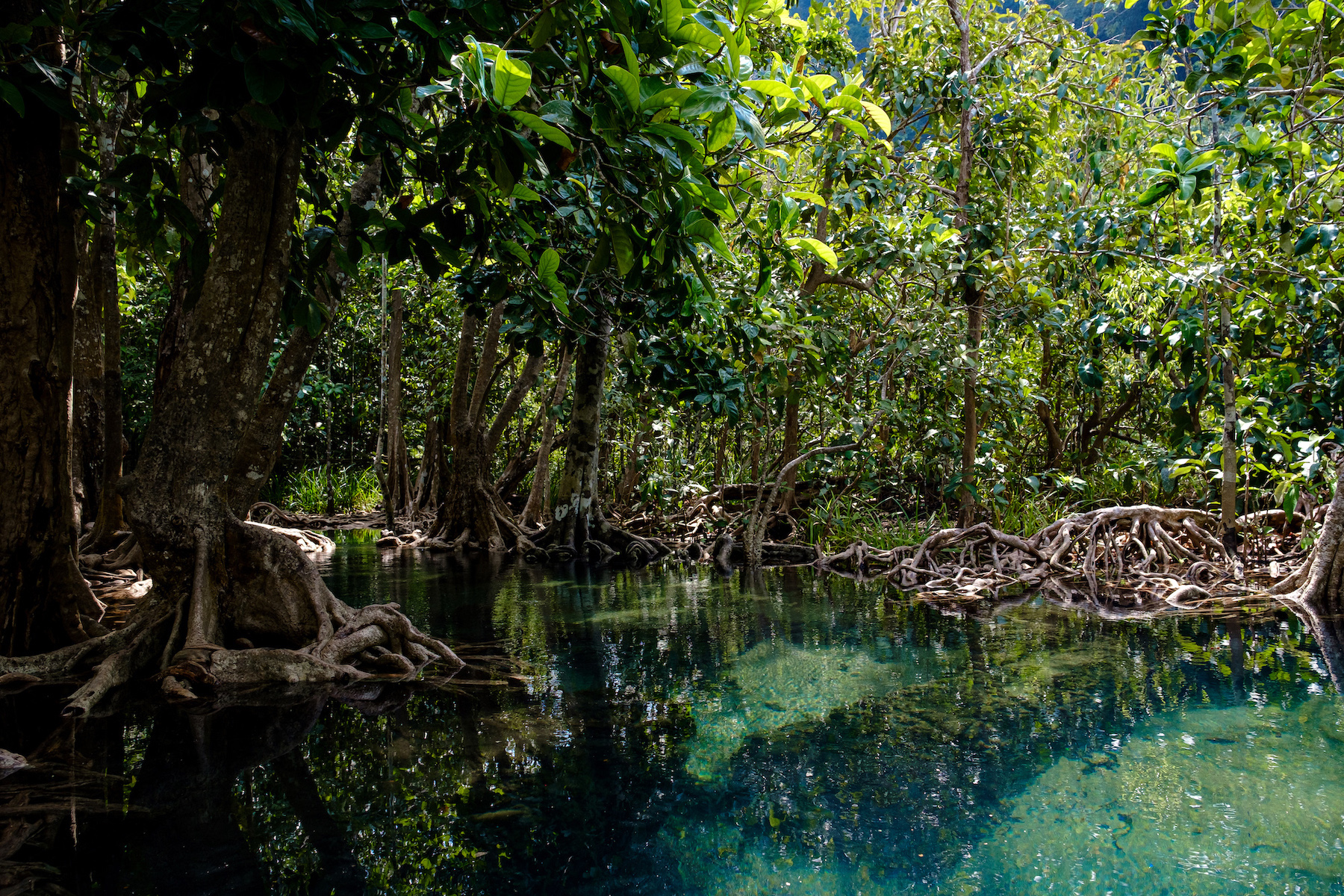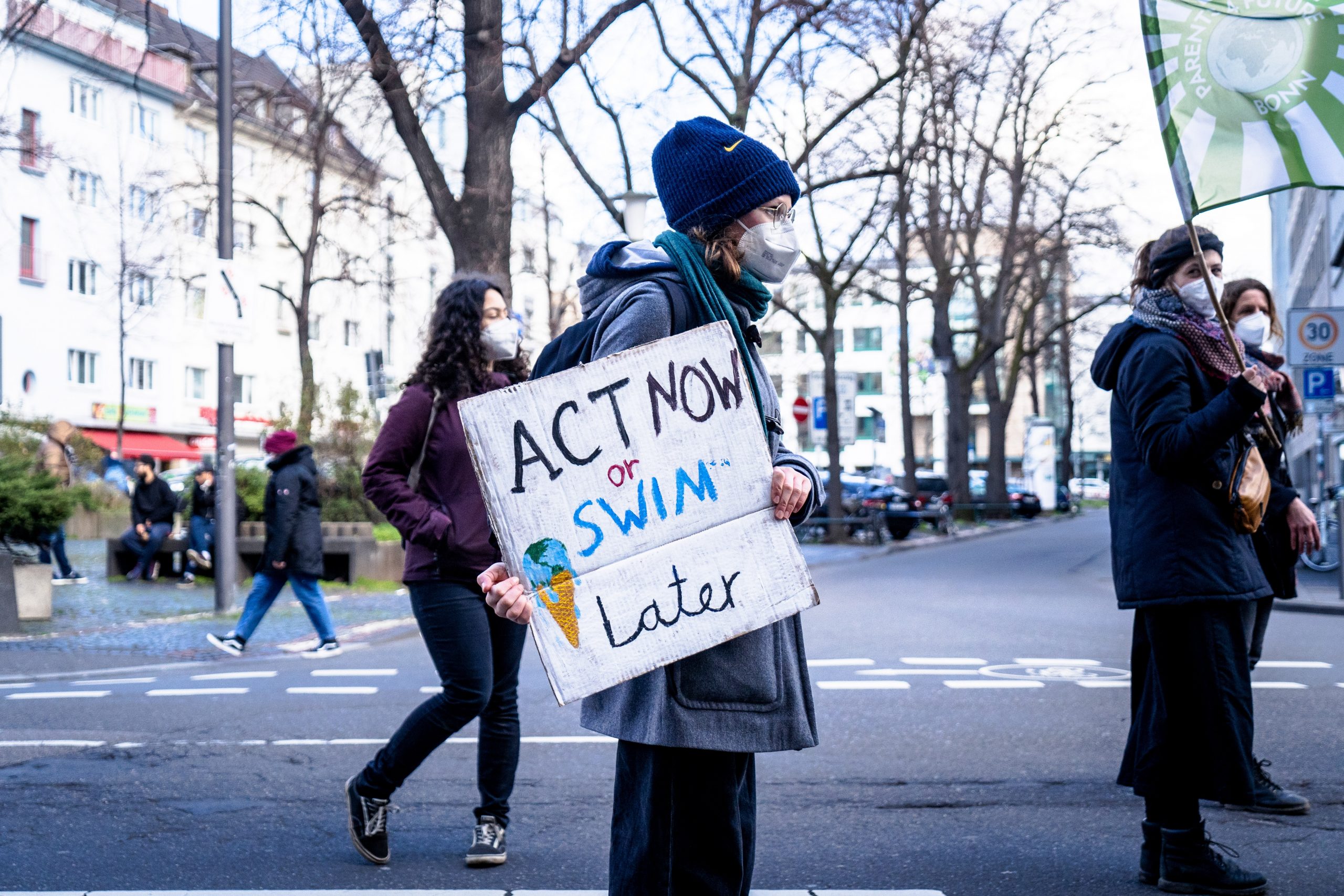In the early hours of December 19, 196 governments who are Parties to the Convention on Biological Diversity (COP15) adopted The Kunming-Montreal Global Biodiversity Framework. The agreement will dictate how countries protect and conserve biodiversity for the coming decades and the framework replaces the UN Strategic Plan for Biodiversity 2011-2020, which included the Aichi Targets adopted in Nagoya, Japan, in 2010.
For the framework to be adopted countries needed to reach a consensus and in the early hours of Monday China, which led the talks, forced through a series of compromises in an effort to get parties to agree on a new global framework to stop and reverse biodiversity loss worldwide by 2030.
The package includes: a post-2020 global biodiversity framework setting goals and targets; a strategy on resource mobilization to finance nature conservation; monitoring and reporting frameworks to track countries’ progress; and measures to enhance capacity building.
Although the headline target of saving 30% of all lands and oceans by 2030 – known as 30×30 – was maintained, other key issues were put to aside or watered down, such as EU backed ideas of committing to restore 3 billion hectares of degraded land and freshwater ecosystems and 3 billion hectares of ocean ecosystems.
Another key issue revolved around how to finance biodiversity conservation, with some countries calling for a new fund to be set up to help preserve biodiversity, although this was rejected by others.
🚨#BreakingNews: Nations Adopt 4 Goals, 23 Targets for 2030 In Landmark UN Biodiversity Agreement
By 2030: Protect 30% of 🌏's lands, 🌊, coastal areas, inland waters; Cut food waste in half’; More
📄➡️https://t.co/wzlD2ivhV5#COP15 #COP15Announcement #GBFAdoption #post2020🌱 pic.twitter.com/Z43D7xPKOL
— UN Biodiversity (@UNBiodiversity) December 19, 2022
The inability of countries to agree on the fund led some African countries to oppose the deal and accuse the Chinese presidency of ignoring their objections.
In the closing moments of the negotiations the Democratic Republic of the Congo’s environment minister, Ève Bazaiba, declared her country had not agreed to the deal.
This would have undermined the process as it is based on consensus and also particularly significant as the DRC is home to the world’s second largest tropical forest and therefore represents one of the key ecosystems that the “30×30” agreement will need to protect.
Bazaiba said that the DRC’s main priority is to develop economically: “We don’t need people to tell us to conserve it. Those who are asking us to protect our rainforests, to help humanity, we are asking those responsible for pollution for compensation. If they refuse, we are going to manage our own biodiversity.”
In a final turn of events, negotiators were able to reach a consensus with the Chinese COP15 president, Huang Runqiu, shaking hands with Bazaiba as a way of apologizing. Bazaiba later gave a speech in which she congratulated the Chinese environment minister on the deal, acknowledging it had passed whilst also saying she “would like to express some reservations” on the finance package. The DRC’s concerns over finance are to be included as part of the final report of the COP.
The DRC has appeared to downgrade its objection to "reservations" & said it will participate in any negotiations through COP16. Now, delegates will work to clear through some other documents and then that's a wrap on #COP15 – with a new global deal to safeguard nature.
— Gloria Dickie (@GloriaDickie) December 19, 2022
What environmental leaders had to say
The Kunming-Montreal Global Biodiversity Framework has been heralded by the Wildlife Conservation Society, a non-governmental organization that aims to conserve the world’s largest wild places in 14 priority regions and home to more than 50% of the world’s biodiversity, as a great achievement.
In their press release they claim that progress includes: enhancing the ecological integrity of our natural ecosystems; conserving at least 30 percent of the world’s land and ocean areas by 2030, also known as 30×30; reducing the risk of pathogen spillover; recognizing the importance of governments adopting a One Health approach to prevent future pandemics of zoonotic origins like Covid-19; including gains in recognizing the key roles, contributions, and human rights of Indigenous Peoples in line with the UN Declaration of Rights of Indigenous Peoples, and of Local Communities in accordance with international human rights law; and tripling the amount of biodiversity financing needed to meet the ambition in the framework.
Susan Lieberman, vice president of international policy for the Wildlife Conservation Society said that: “it is a compromise and although it has several very good and hard-fought elements, it could have gone further to truly transform our destructive relationship with nature. WCS experts have engaged with the negotiating process leading up to today for almost 4 years, and we are leaving Montreal with much work to do to ensure governments at a minimum implement the goals and targets of the new framework. Governments will need to treat the Kunming-Montreal Global Biodiversity Framework as a floor, not a ceiling, for global action to halt the ongoing crisis of biodiversity.
Brian O’Donnell, Director of the Campaign for Nature, heralded the deal as a historic achievement claiming that this was: “the largest land and ocean conservation commitment in history” and that it “provides some hope that the crisis facing nature is starting to get the attention it deserves”.
“To fully achieve the ambition of this target, it will take everyone – from governments to civil society to Indigenous Peoples and local communities to scientists. Together we can ensure that all of the key qualitative aspects of this target are met and the intended conservation outcomes are secured,” said O’Donnell.
Conservation International’s Vice President of International Policy Lina Barrera issued a statement saying that: “Now, the hard work begins. It is time to make good on the promises made in Montreal and ensure that the targets in the framework are met. It will take continued commitment and finance to avoid the mistakes of the past. With one million species at risk of extinction there is no time to waste and Conservation International looks forward to working toward a nature positive world in the places that people and other species depend on most.”
#BREAKING – new global agreement for nature ADOPTED!
Countries leave Montreal with an agreement that starts, at least, to heal our relationship to nature. Now delivery of this agreement is key.
Full WWF statement: https://t.co/HLqVccbFZF #NaturePositive #COP15 pic.twitter.com/gv1AIArXxY
— WWF (@WWF) December 19, 2022
A position that is also echoed by WWF International’s Director General, Marco Lambertini, who placed emphasis on the fact that the deal could be undermined by “slow implementation and failure to mobilize the promised resources. It also lacks a mandatory ratcheting mechanism that will hold governments accountable to increase action if targets are not met. We must now see immediate implementation of this agreement, no excuses, no delays – nature and all of us who rely on it for our livelihoods, economies and wellbeing have waited long enough, it’s time for nature to thrive again. Governments have chosen the right side of history in Montreal, but history will judge all of us if we don’t deliver on the promise made today.”
The Nature Conservancy’s Andrew Deutz – Director of Global Policy, Institutions and Conservation Finance – emphasized that one of the most contentious and problematic issues around the deal will be the financing mechanism to support conservation globally, and in particular in emerging economies: “to secure the effective conservation of 30% of the world’s lands, seas and inland waters, and the make-or-break area of resource mobilization – put simply, securing the funds necessary to finance our transition towards a more nature-positive world by plugging the ~700 billion USD annual gap in biodiversity finance and ensuring that all public and private financial flows become nature-positive over time.”
An Lambrechts, head of the Greenpeace delegation at COP15, took a more critical stance on the deals ability to finance its goals: “Taken altogether, however, COP15 failed to deliver the ambition, tools, or finance necessary to stop mass extinction. The 30×30 target, to protect at least 30% of land and of sea by 2030, has successfully made it in. But it is stripped-down, without essential qualifiers that exclude damaging activities from protected areas” and also took a swing at “Corporate schemes like nature-based solutions and offsets leeched on to the UN biodiversity talks from start to finish. These are false solutions that may prove to be costly mistakes. The scandals and greenwashing you see in carbon offsetting today are what’s on the menu for biodiversity tomorrow.”
For Lambrechts, the real key to halting biodiversity loss lies with indigenous peoples who she believes are “the most capable and knowledgeable guardians of nature. There is so much potential for biodiversity protection if Indigenous Peoples are in leadership roles. Rights-based protections are the future of conservation. Direct finance for Indigenous Peoples is a critical next step.”
Georgina Chandler, senior international policy advisor for the Royal Society for the Protection of Birds, said people and nature should both be better off thanks to the deal struck in Montreal. “Now it’s done, governments, companies and communities need to figure out how they’ll help make these commitments a reality.”






